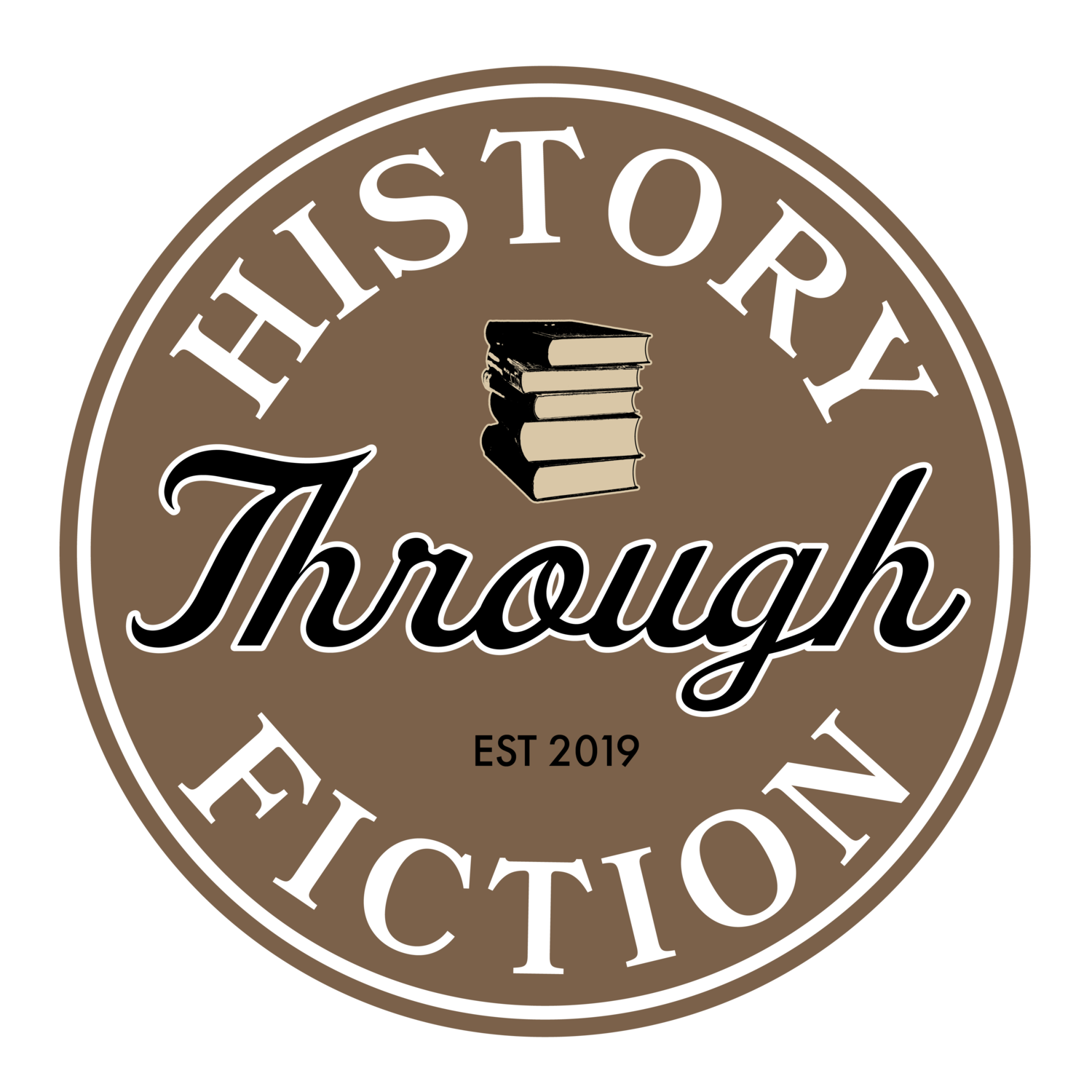Picking Clean the Bones of the Moor
A guest blog post by Sam K Horton
Cornwall wears its history on its sleeve.
The landscape pitted with quarries, needled with engine towers, riddled with mines. It’s easy, walking through the remains of past industry, to see why it is also a county so utterly, defiantly, overflowing with folklore.
When I started to write Gorse, my novel about life on Bodmin Moor in the late 18th Century, it was a given that folklore would play a prominent role. I had moved to the county a few years before and eschewing the beaches for an inland sea had spent much of that time on the moor. Specifically, the patch closest to me. Sometimes called High Moor, sometimes Fowey Moor, that contains Cornwall’s twin peaks – Roughtor and Brown Willy—as well as the source of the River Fowey. This is a landscape of wide, open space, of tufted grass and quaking mires where the ground rolls below you like a bedsheet if you stray from the path. Where the hills rise into rocky tors, huge granite stacks surrounded by tumbling clitter stones that provide an ankle-breaking approach to the summits. It is very easy to get lost, very easy to get caught in a mist and very easy to see faces in the spaces between the stones. Throw in half-remembered stories about the “Beast” and I challenge you not to keep looking over your shoulder.
Soon after moving, I picked up a copy of Robert Hunt’s “Popular Romances of the West of England”, a collection of Cornish folk stories and legends first published in 1865, that detailed the spriggans, piskies, witches and giants that I might encounter on my walks. As is so often the case with folklore, these stories are connected to the landscape, to the industries and work that was done. Each given its own stripe of monster. In the mines, Knockers keep the miners safe so long as a pasty-crust is left for them. Fishermen can rely on the Bucca’s, as long as they’re given their due. On the moor, piskies and spriggan vie for attention. The former prone to pranks, to leading wanderers astray, the latter causing more serious harm from their homes amongst the rocks.
The Cheesewring, a granite tor on the southern edge of Bodmin Moor
The great stacks on the tors are the easiest place to start. It is easy to see how the stories started, these huge rocks that seem shaped like colossal pebbles stacked neatly on top of each other, it’s only a short leap of reason to see how giants might have stacked them in parish-crossing games of quoits.
A short hop again, then, to see the ruined bronze and iron age huts—more appearing the more you look—or the barrows, tombs and standing stones that still punctuate the moor and picture all manner of small-folk watching from the ruins. Indeed, I still look carefully in the hope of finding thunder bolts, worked flint arrowheads supposedly flung by piskies intent on mischief. Flint is not native to Cornwall, so would have been a solid framework for a legend to be built on. And that’s how it works. Stories catch on these features in a landscape like sheep’s wool catches on barbed wire fences. Wrapping up the truth in a thatched and fluffy tangle until you can hear the knockers calling from abandoned mines and stay well clear. Can see the piskie lights out in the marshes and know not to dawdle there, not to wander alone after dark. Common sense and good advice delivered neatly in the telling.
These stories are there to warn us of dangers, piskies or not, it’s dangerous to walk the marshes of the moor at night in a fog. It’s dangerous to enter the mines. These stories remind us to be cautious, and that even the most alluring and magical of places can be dangerous. They also remind us to look at our surroundings, to take in the landscape and the incredible vistas around us.
Cornwall is beautiful, and it’s coast rightly gets a lot of attention from visitors, but I’d encourage visiting inland, too. Take a map and a copy of Gorse, and remember:
Leave things where you find them, don’t get lost. But, if you do, turn your pockets inside out and don’t follow voices in the fog.
About the Author
An author of literary fantasy, Sam lives above the moor in North Cornwall, and draws on its wild landscape, wide skies, and windblown folklore for his work.
Growing up on a sheep farm near Hereford, he left for London and trained as a costume designer working in film, theatre and opera before moving into visual art, still working with narratives, texts and stories. It was during his last project, surrounding the discovery and development of Eythin (an island lost off the coast of Cornwall, halfway between Boscastle and the Celtic Deep) that he found his talent for writing rich, detailed mythic worlds. This came as a surprise—despite a lifelong love of reading anything within reach, and over a decade working in libraries—but a welcome one.



